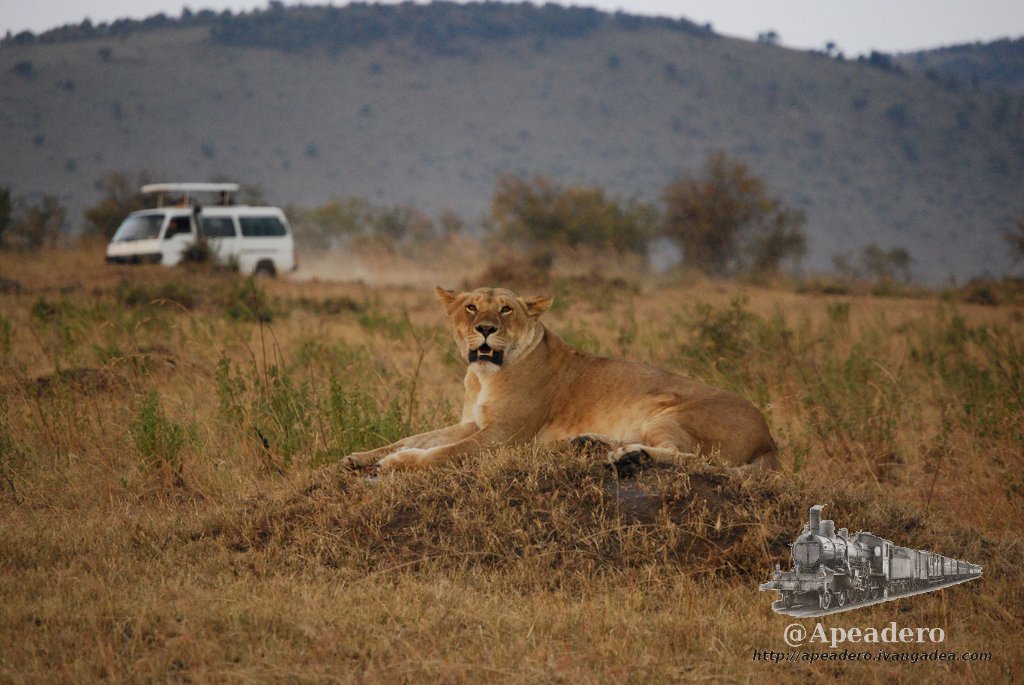I can show you my experience in guided and self-drive safaris. That's my experience and it could be different depending on the parks, the weather and other conditions. My experience is limited to Uganda, Kenya and Tanzania, which are on the East side of Africa, and Senegal, which is at the north; and there are not too many game parks. I have in mind a travel to Namibia-Botswana; according my research (asking people that have made safaris in east Africa and south Africa), all African parks are similar, except Kenyan ones (which are very crowded).
Ok, after this preamble, this is my experience:
When you buy a guided tour you have 3 options:
- Buy an exclusive safari package in a big 4x4 car (very expensive option)
- Buy a "normal" safari package (may be in a 4x4 or in a safari van)
- Buy a budget safari package (sharing a safari van with more people)
In these videos you can see what a "safari van" is like inside and outside (sorry, the video is in Spanish). As you can imagine, it is not the most comfortable option.

If you are thinking of an "exclusive safari," I think this is a great option, but if you don't want to waste a lot of money, or if you would like to feel the (partial) adventure of driving surrounded by game, I recommend you rent a small 4x4. It is better than a safari package. Why?
- Drivers have to rest, you do not. As you know, drivers are workers and they have a timetable. They are working, not relaxing. Also, they have gone hundreds of times to the park, have seen thousands elephants, and are not as excited as you when they see a leopard. This means they probably won't make the most of the day as you will do.
- Drivers tend to protect the car. In Africa a car is a luxury, and it is very expensive to repair, so drivers rarely try to do things like cross a river or go up a hill. If the driver owns a van, that likelihood of avoiding rough terrain is increased.
- Drivers tend to save fuel. There is a speed limit in the parks of about 30-40 kilometers per hour, theoretically. Hired drivers typically won't go more than about 20 km/h; self-drivers usually go 50 km/h. This is because you pay in advance, so they will try to get you to see all animals, but in a limited part of the parks. If you pay an extra fee, a driver won't have any problem to take you where you want.
- Driving is fun! And driving in Africa is double-fun! And don't worry about getting stranded; you are in a touristy area. Sooner or later somebody will come to help you. We always could use our mobile phones, and we had really difficulties staying alone for more than 30 minutes anyway.
If you can read Spanish, I point you to some interesting articles in my blog (like this and this).
A common criticism against self-driving is that the driver-guides know where the animals are. That's not my experience. The animals are free to move, and the only advantage a driver has is their knowledge about the areas where animals "normally" are. For instance, you never expect to find a leopard in the middle of the savannah, but rather, in a tree. You can adquire this knowledge, believe me, in less than a week: animals are spectacular, but predictable. A common-sense rule that you have to follow (and car drivers do) is to go anywhere where you see a lot of cars stopped. Also, you can ask other drivers (self-drivers or not) about what they have found. Finding animals is not so difficult, except for some of the rare animals (rhinos) or those with uncommon behaviours (tree-climbing lions).

